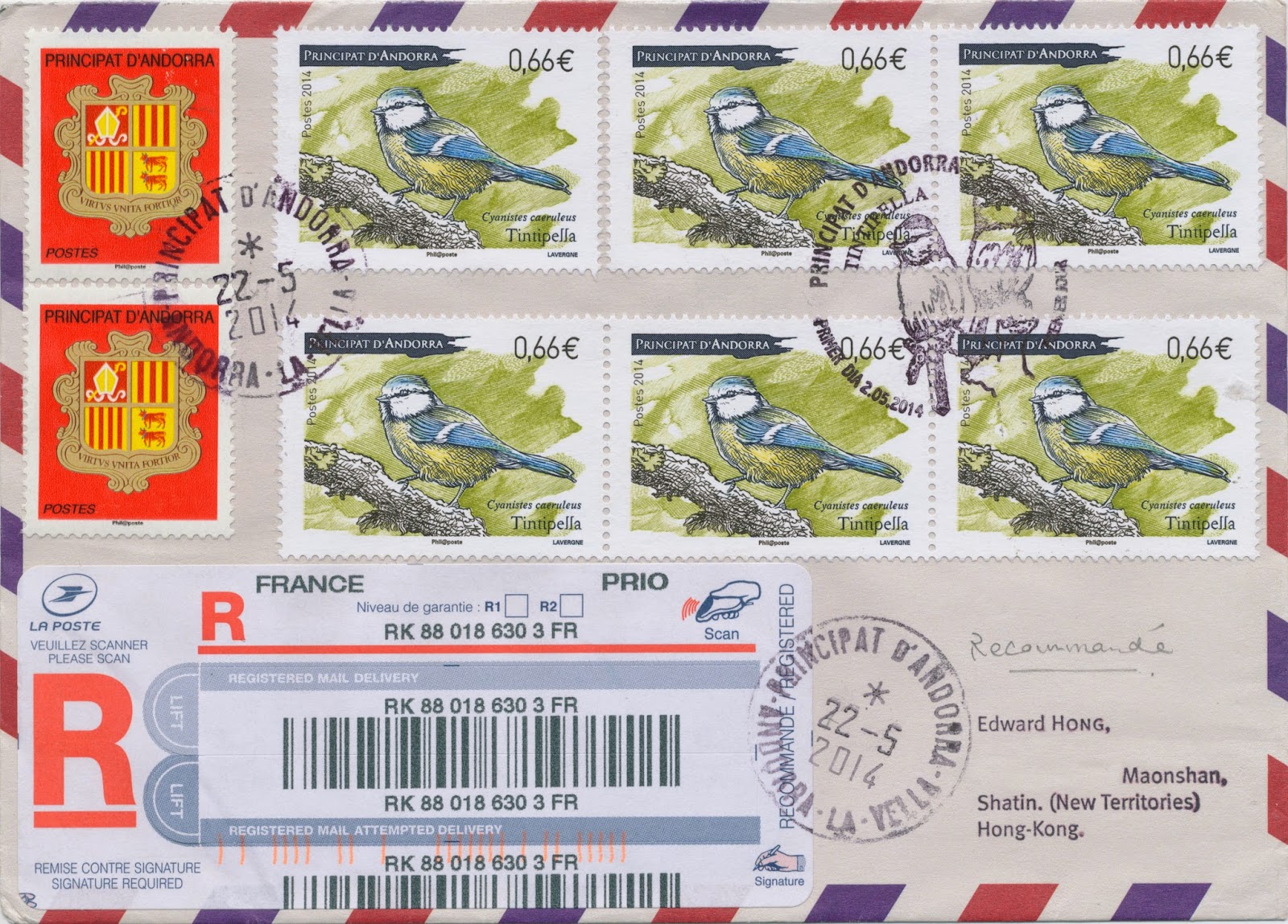0,50 € : Jack Snipe (小鷸) ; Eurasian Hoopoe (戴勝)
Latvia (2014)
30th May, 2014. Riga
Latvia (2014)
30th May, 2014. Riga
The Bird of the Year is one of the annual symbols of Latvian nature, which has been designated by the Latvian Ornithological Society since 1996 in order to draw more public attention to a particular bird species, obtain more information for research thereof or ensure special measures for its protection. Eurasian Hoopoe, which has been given the title of the bird 2014, is a colorful bird in the family Upupidae in the order Coraciiformes, which can rarely be found in Latvia and which has the largest concentration in vicinity of Riga: from Jūrmala to Zvejniekciems. Its European populations have decreased substantially since the late 19th century, and the bird can no longer be encountered in Belgium, Denmark, the Netherlands, Sweden and large parts of Germany.
The Jack Snipe is one of the 30 bird species in the genus Lymnocryptes found in Latvia. The birds from this genus are encountered almost all over the world, except Antarctica. In Latvia, it can be seen during migration in the spring and autumn. It is not usually observed in the summer period, and it overwinters in small groups in the western and central part of the country. The jack snipe can be very secretive and difficult to observe.
The Jack Snipe is one of the 30 bird species in the genus Lymnocryptes found in Latvia. The birds from this genus are encountered almost all over the world, except Antarctica. In Latvia, it can be seen during migration in the spring and autumn. It is not usually observed in the summer period, and it overwinters in small groups in the western and central part of the country. The jack snipe can be very secretive and difficult to observe.









